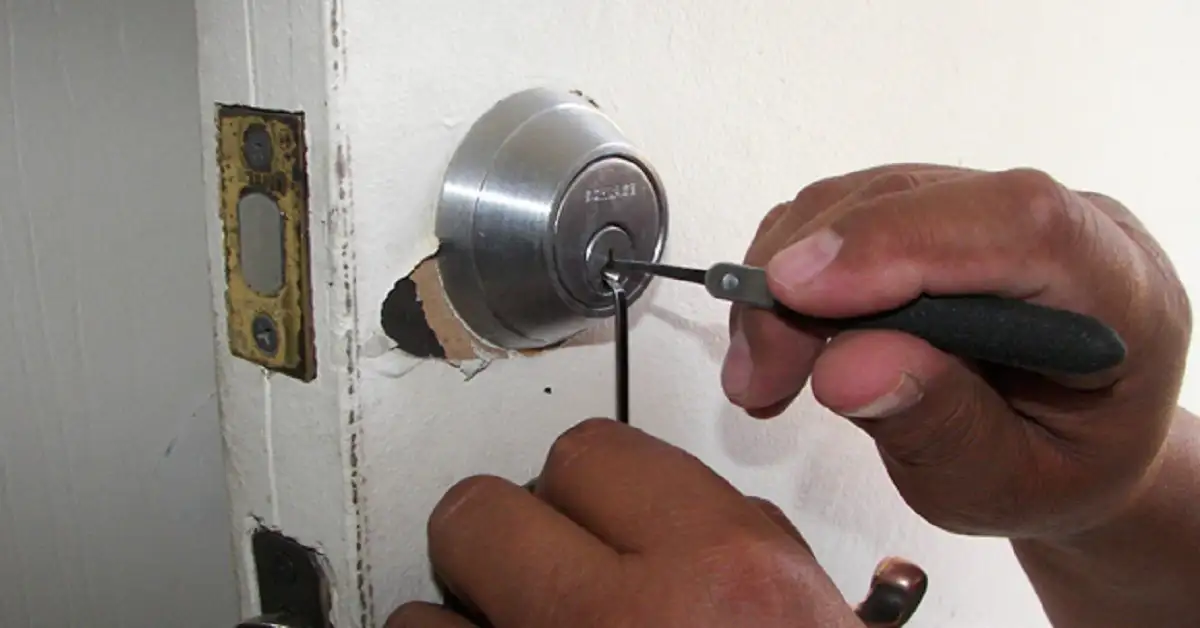Have you ever found yourself locked out or struggling with a stubborn lock at the worst possible time?
These situations can be stressful and annoying, whether it’s a frozen lock in the winter, a door that won’t latch, or a key that won’t turn. The good news is that, with the correct knowledge, many common lock problems are easy to resolve.
In this guide, you’ll learn practical, pro-level tips that can save you time, money, and headaches.
Key Won’t Turn
A key that won’t turn often means something is blocking the mechanism inside. Dust, dirt, or tiny bits of metal can collect in the lock over time. Sometimes the problem comes from a worn or damaged key.
To fix it, try using a graphite-based spray to loosen the pins. Slide the key in and turn it gently without forcing it. If the key is worn, have a fresh copy made from the original.
Key Stuck in the Lock
When a key gets stuck, it can be due to a dry lock or a bent key. The lack of lubrication makes the internal pins grip the key tightly. A damaged key will also snag inside the lock.
Spray graphite lubricant into the keyhole to ease the friction. Gently pull the key out without twisting too hard. If the key is bent, replace it before using the lock again.
Loose Door Lock
A loose door lock is usually caused by worn screws or a weak mounting plate. Over time, regular use can make the screws loosen. This can cause the lock to feel wobbly or unsafe.
Tighten all the screws you can see with a screwdriver. If the screw holes are too big, fill them with wood glue and small wood pieces before reinserting screws. This gives the screws something to grip.
Misaligned Door Latch
A misaligned latch happens when the door and frame no longer match up. Humidity, weather changes, or wear can shift the frame slightly. This keeps the latch from sliding into the strike plate.
Check the hinges and tighten the screws to adjust the door’s position. You can also move the strike plate so it lines up with the latch. This small adjustment often fixes the issue.
Broken Key in Lock
A broken key inside the lock is often due to force or weakness in the metal. Cold weather can also make keys more brittle. Once a piece is stuck, the lock will not work until it is removed.
Use needle-nose pliers to grip and pull the broken part out. If it’s deep inside, a key extractor tool can help.
In some cases, it’s safer to call professionals who offer a wide range of locksmith services in Algonquin to handle the job. They have the right tools to remove broken keys without damaging the lock.
Lock Problems: Unlock the Secret to Smooth Security
Security begins with something as small yet essential as a lock. When it works well, it goes unnoticed. But when it fails, it can disrupt your day, your plans, and even your peace of mind. Learning how to address these issues yourself not only keeps your space secure but also gives you confidence in your ability to handle unexpected problems.
The next time your lock acts up, you’ll be ready. With a little care and knowledge, your locks can serve you reliably for years to come.
We hope you enjoyed reading this article. If you found it helpful, be sure to check out our blog for more informative resources.
